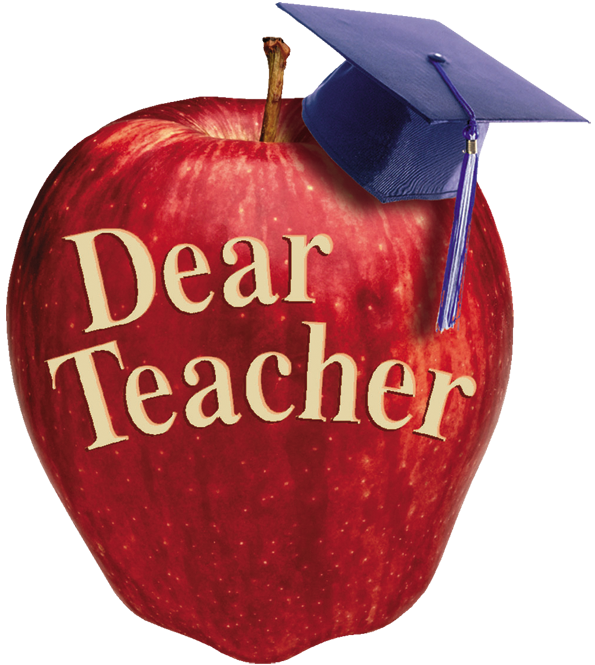Question: We have just moved to a new school district where my youngest child started school this year. My son is not doing any kind of printing like I expected. His writing is slanted and looks a lot like cursive. Where did the circle-and-stick writing go? Please explain the D'Nealian handwriting program that my child's school is using. Is it better than the vertical printing my other children learned? - No Handwriting Expert
Answer: Donald Neal created the D'Nealian handwriting program and began introducing it to teachers in 1968. Since then, it has become quite popular and is widely used across the country.
D'Nealian handwriting involves a unique, lowercase manuscript alphabet. Each letter is slanted, and most have the same form as the corresponding cursive letter. The majority of the letters are formed with one continuous stroke. Traditional printing, on the other hand, has vertical letters formed primarily with straight lines and circles. Also, children must frequently lift their pencils to form a letter.
D'Nealian proponents believe that it is much easier for young children to move from manuscript to cursive writing because the letters are so similar, which saves teaching time. They point out that the children don't have to learn two completely different alphabets and that the D'Nealian letters are easier to write and help children avoid reversals. Also, children find D'Nealian to be motivational as they look upon it as a more grown-up form of writing.
Advocates of vertical manuscript criticize D'Nealian because the letters are not in the same style as the letters in their readers. They believe this makes it harder for some children to recognize letters. They also believe it is easier to learn the vertical form of printing, as young children use straight lines and circles in their drawings.
There does not really seem to be a best method for teaching children handwriting. What seems to help most is for teachers to give students verbal instructions and demonstrations on how letters are correctly formed.
